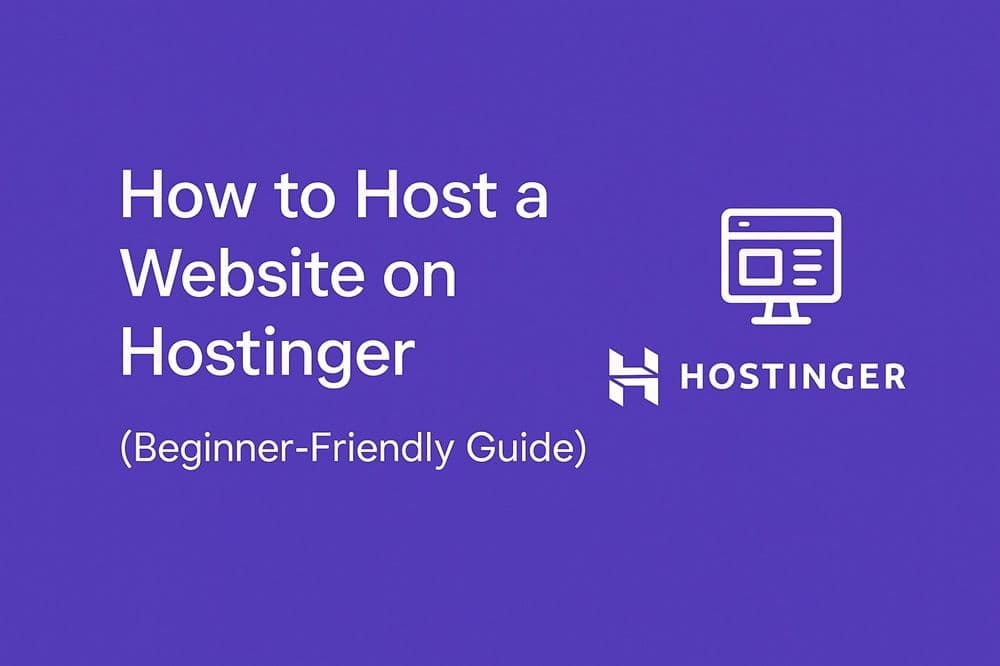Introduction
Hostinger is a popular web hosting provider with affordable shared hosting plans. Unlike platforms like Netlify or Vercel, Hostinger uses cPanel and FTP, which is common in traditional hosting.
This guide shows you how to upload and host your website on Hostinger.
Why Use Hostinger?
- Cheap shared hosting plans
- Supports PHP, MySQL, and static sites
- One-click WordPress installs
- Custom domains and SSL certificates
Step 1: Buy a Hosting Plan
- Go to Hostinger.com.
- Buy a shared hosting plan.
- Register or connect your domain.
Step 2: Access the hPanel (cPanel alternative)
After logging in, go to your hPanel dashboard. From here, you can manage files, databases, and domains.
Step 3: Upload Your Website Files
You have two options:
Option A: File Manager (easy)
- Go to Files → File Manager.
- Open the
public_htmlfolder. - Upload your site files (
index.html, CSS, JS).
Option B: FTP (for bigger sites)
- Open FileZilla or Cyberduck.
- Connect with the FTP credentials from hPanel.
- Upload your files to
public_html.
Step 4: Visit Your Domain
Go to your domain (e.g., mywebsite.com). If everything is uploaded correctly, you should see your website live.
Step 5: Enable SSL (HTTPS)
- Go to SSL → Manage SSL in hPanel.
- Activate the free SSL certificate.
- Your site is now secure.
Troubleshooting
- Website not showing? Make sure files are in
public_html. - No domain? Use the temporary Hostinger subdomain provided.
- CSS/JS not loading? Check your file paths are correct after upload.
Conclusion
Hostinger is a solid choice if you want a traditional hosting setup with cPanel/FTP. It’s especially good for small business sites, WordPress, or simple static projects.
Next up in Hosting Academy: we’ll explore DigitalOcean App Platform for more advanced cloud hosting.

